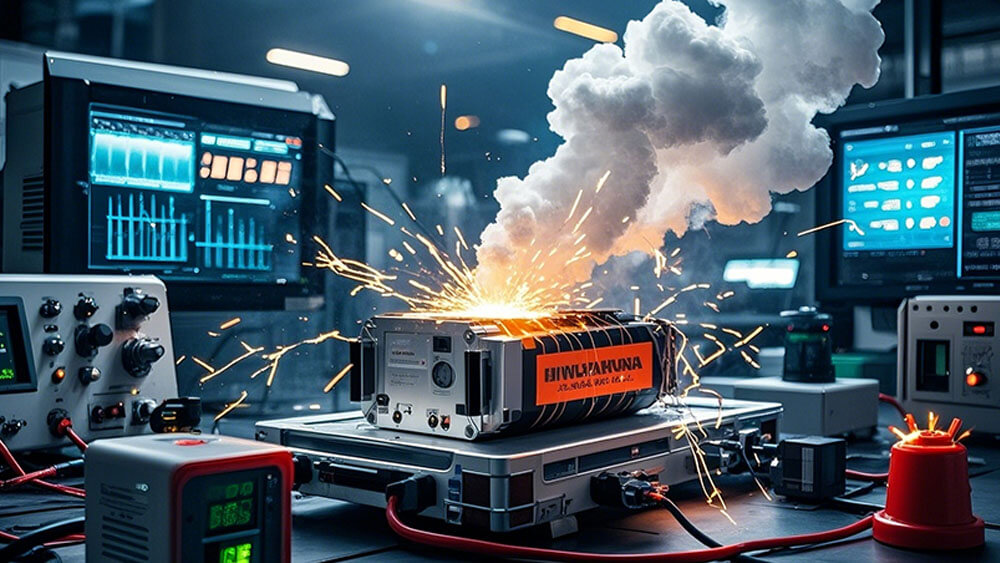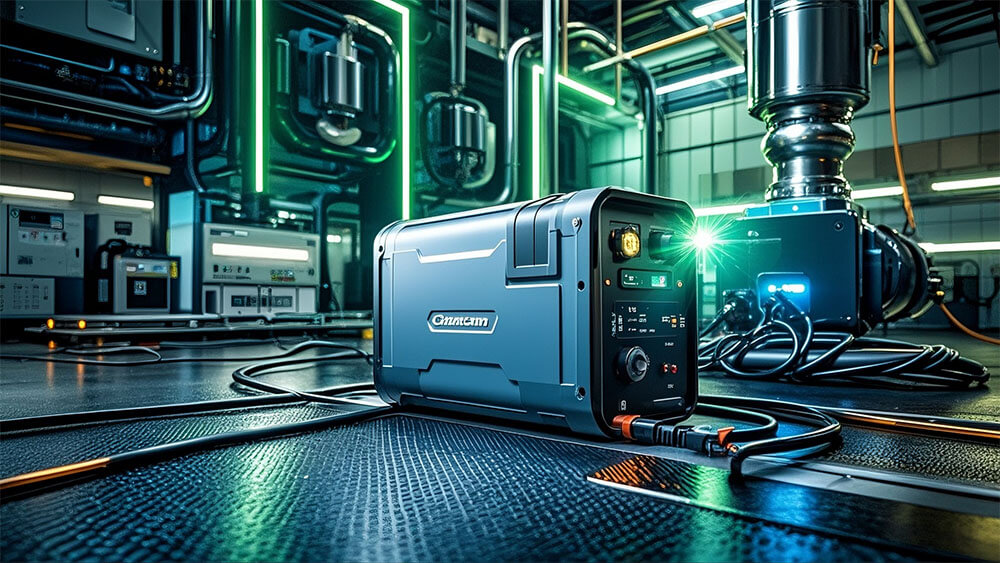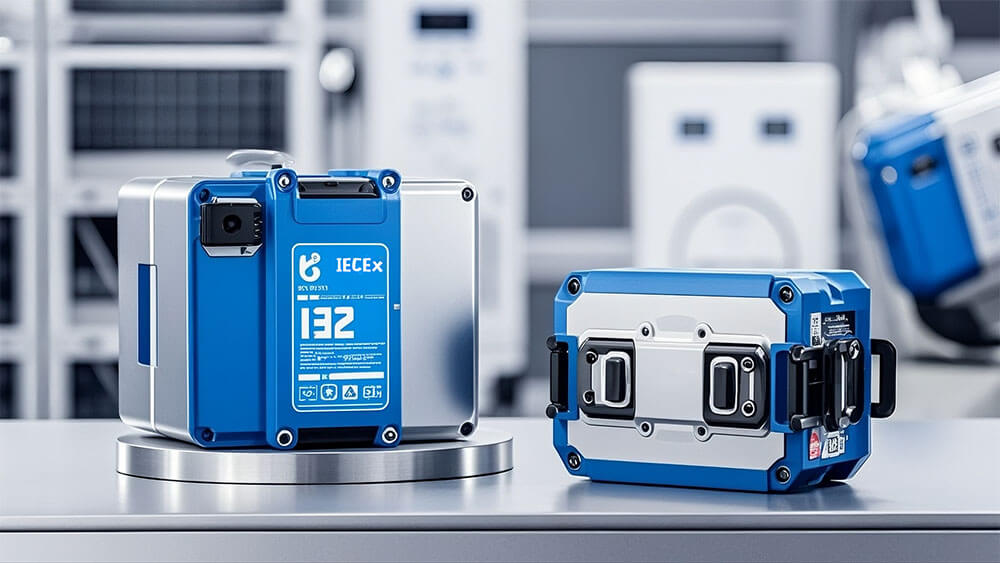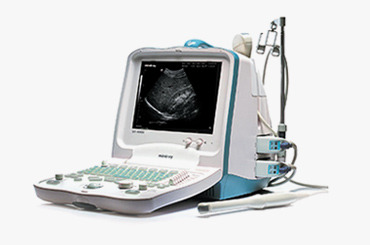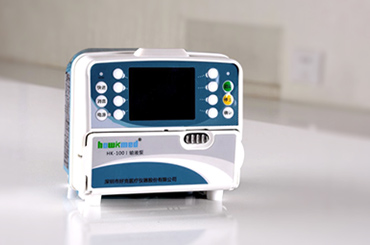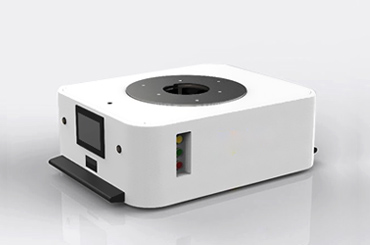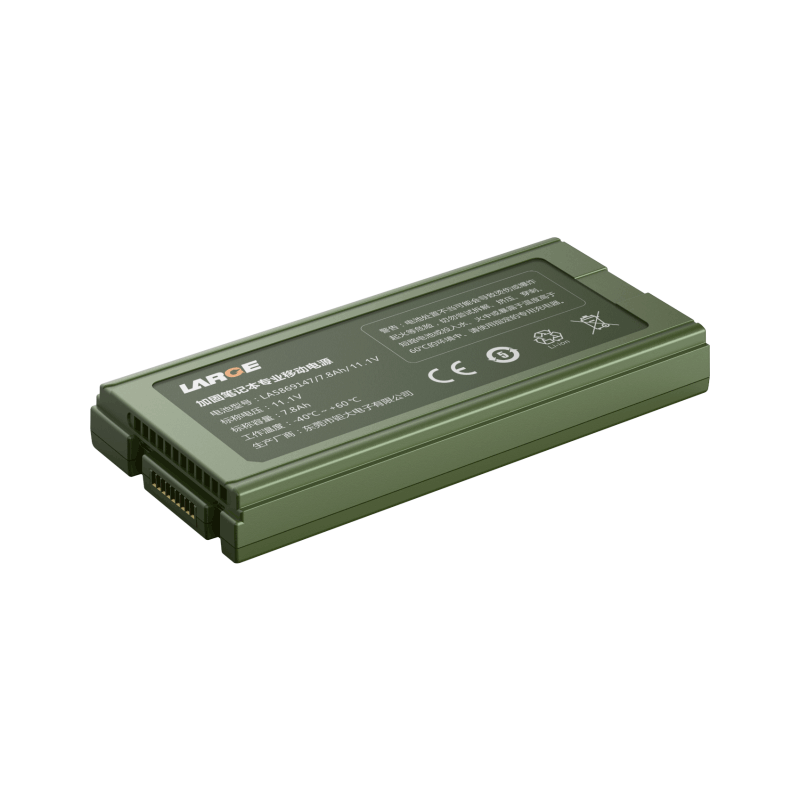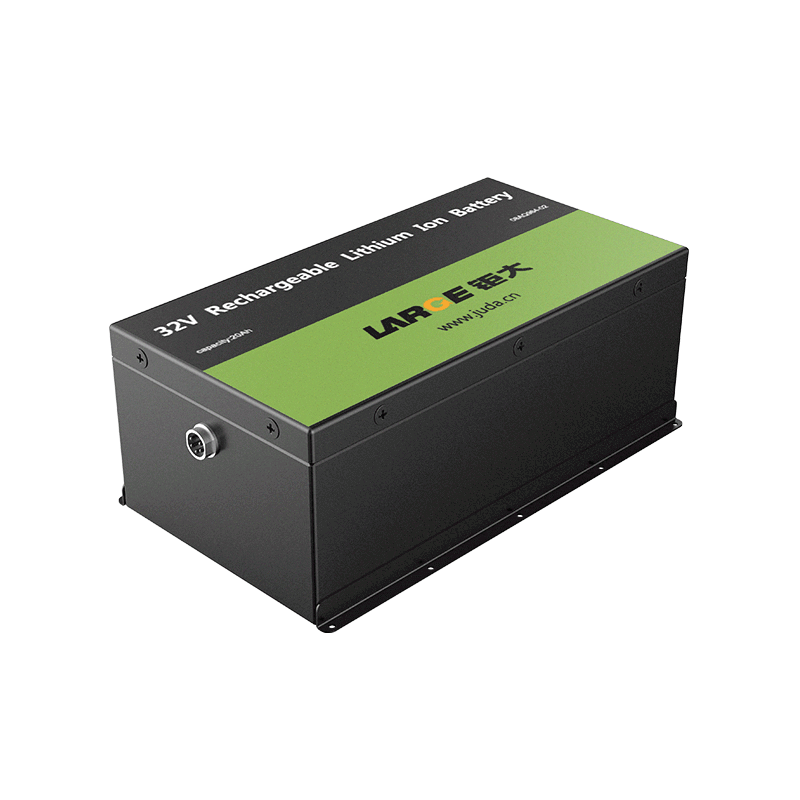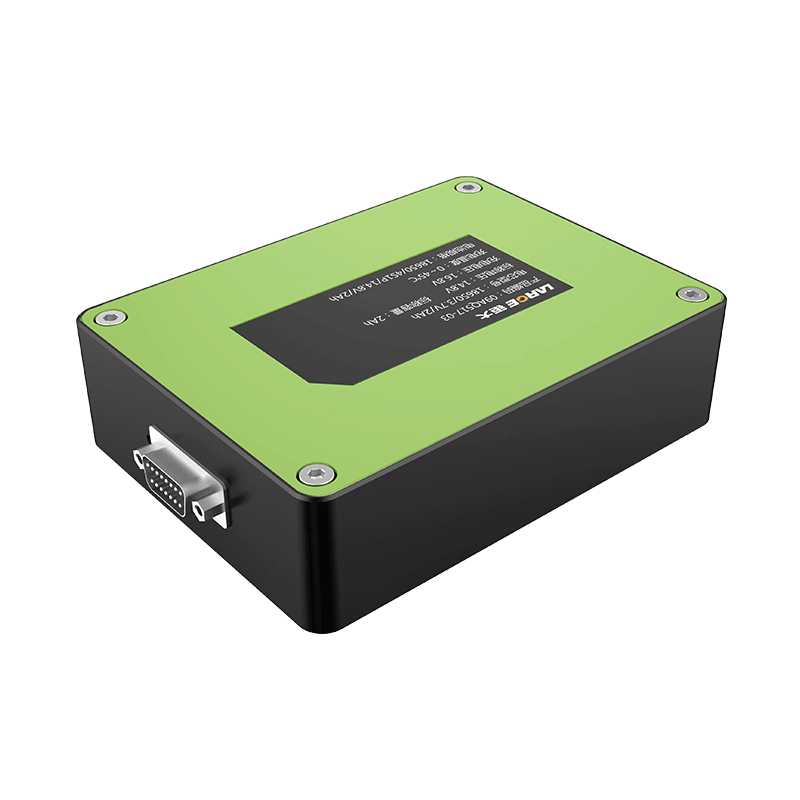-
Key Takeaways
-
Part 1: Core Requirements for Explosion-Proof Lithium Batteries+
- 1.1 Battery Enclosure and Sealing Technology
- 1.2 Thermal Management for Safety
- 1.3 Gas Venting and Pressure Management
- 1.4 Material Selection for Durability and Safety
-
Part 2: Key Technical Solutions for Explosion-Proof Lithium Batteries+
- 2.1 Cell Selection for Intrinsic Safety
- 2.2 Battery Management System (BMS) Features
- 2.3 Physical Protection and Structural Design
- 2.4 Advanced Thermal Management Techniques
-
Part 3: International Safety Standards and Certifications+
- 3.1 Overview of Key Standards (IECEx and ATEX)
- 3.2 ATEX Certification for Explosion-Proof Lithium Batteries
- 3.3 IECEx Certification for Explosion-Proof Lithium Batteries
- Special Requirements for lithium batteries
-
FAQ+
- What industries benefit the most from explosion-proof lithium batteries?
- How do explosion-proof lithium batteries prevent thermal runaway?
- Are explosion-proof lithium batteries customizable for specific applications?
Comprehensive Guide to Designing Explosion-Proof Lithium Batteries
APR 11, 2025 Pageview:153
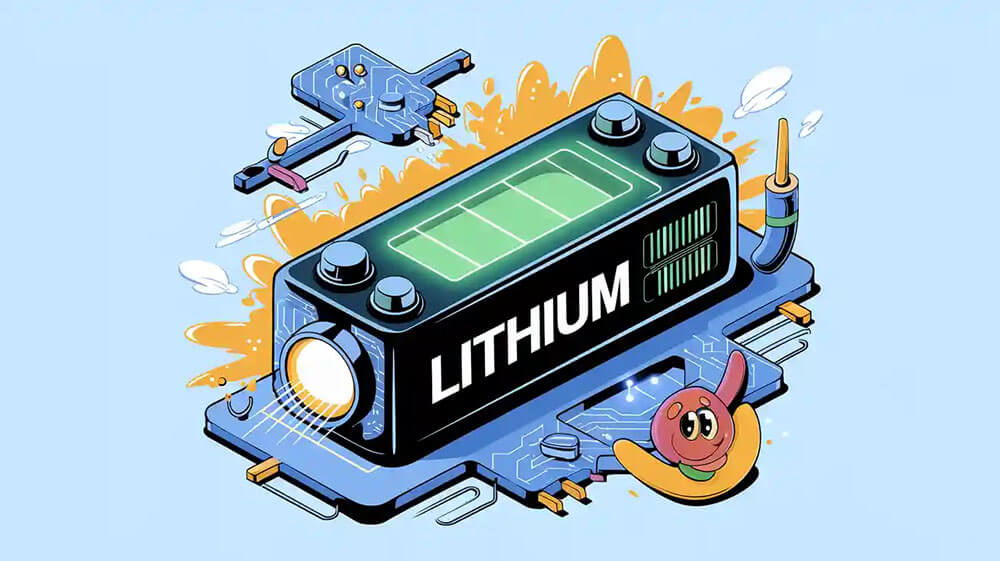 Explosion-proof lithium batteries play a vital role in safeguarding operations in hazardous environments. Industries like oil and gas, mining, and manufacturing increasingly rely on these batteries to meet stringent safety standards. Rising regulatory demands and technological advancements further highlight the importance of explosion-proof designs in preventing risks such as overheating, gas leaks, and structural failures.
Explosion-proof lithium batteries play a vital role in safeguarding operations in hazardous environments. Industries like oil and gas, mining, and manufacturing increasingly rely on these batteries to meet stringent safety standards. Rising regulatory demands and technological advancements further highlight the importance of explosion-proof designs in preventing risks such as overheating, gas leaks, and structural failures.
Key Takeaways
Explosion-proof lithium batteries are important for safety in industries. These include oil, gas, mining, and manufacturing. They stop dangers like overheating and gas leaks.
Good heat control systems are very important. They manage heat and stop thermal runaway. This makes batteries last longer and work better.
Following global safety rules like IECEx and ATEX is necessary. These certifications prove batteries are safe for risky environments.
Part 1: Core Requirements for Explosion-Proof Lithium Batteries
1.1 Battery Enclosure and Sealing Technology
The battery enclosure and sealing technology form the first line of defense in explosion-proof lithium batteries. These enclosures use high-strength, flame-retardant materials to withstand extreme conditions, including high temperatures and pressures. Precision sealing techniques prevent the entry of flammable substances and the escape of gases, reducing the risk of explosions.
Key features include explosion-proof valves that activate under high pressure. These valves release internal pressure during thermal events, ensuring the battery remains intact. Such mechanisms are essential for maintaining safety in hazardous environments, where even minor failures can lead to catastrophic outcomes.
1.2 Thermal Management for Safety
Effective thermal management and overheat protection are critical for explosion-proof lithium batteries. During thermal events, cell temperatures can exceed 150°C, and a single 100Ah cell may release up to 2L of hot gases. Advanced cooling systems and heat dissipation techniques prevent overheating, a common cause of battery incidents. By controlling temperature fluctuations, you can enhance the reliability and lifespan of your batteries.
1.3 Gas Venting and Pressure Management
Gas venting and pressure relief systems play a pivotal role in explosion-proof designs. These systems ensure that gases generated during thermal runaway are safely discharged, preventing pressure buildup. For instance, designs like pressure-activated split plate venting mechanisms and individual cell discharge passages isolate and redirect gases, protecting other cells from damage. The integration of such systems minimizes the risk of explosions and ensures operational safety.
Study Title | Description |
|---|---|
Gas Venting in EV Battery Protection | Highlights the need for rapid gas detection and control during thermal runaway. |
Battery Pack with Partition Plate and Exhaust Channel | Focuses on isolating gas venting to protect adjacent cells. |
Battery Module with Vent Shield | Redirects hot gases away from sensitive components to prevent damage. |
1.4 Material Selection for Durability and Safety
The selection of materials directly impacts the durability and safety of explosion-proof lithium batteries. Advanced materials, such as high-strength alloys and flame-retardant polymers, create robust barriers against explosions. These materials also enhance thermal management systems, preventing overheating and ensuring structural integrity. Additionally, explosion-proof circuits and valves further improve safety by effectively managing internal pressure during thermal events.
By prioritizing battery chemistry and material selection, you can achieve a balance between performance and protection. Continuous advancements in materials science contribute to safer and more reliable battery designs, meeting the demands of hazardous environments.
Part 2: Key Technical Solutions for Explosion-Proof Lithium Batteries
2.1 Cell Selection for Intrinsic Safety
Lithium Iron Phosphate (LiFePO4):
Advantages: High thermal stability (decomposition temperature >200°C), minimal oxygen release during thermal runaway, and long cycle life. Ideal for Zone 1/2 environments (e.g., mining equipment).
Limitations: Lower energy density (~160 Wh/kg) compared to ternary chemistries.
Lithium Titanate (LTO):
Advantages: "Zero-strain" structure prevents volume changes during cycling, enhancing mechanical robustness. Operates safely at extreme temperatures (-50°C to 65°C) and resists puncture/overcharge, suitable for Zone 0/1 hazardous areas (e.g., oil refineries).
Challenges: High cost (~$400/kWh) and low energy density (~80 Wh/kg).
Lithium Polymer Battery Cells:
Advantages: Eliminate liquid electrolytes, reducing leakage and thermal runaway risks. Emerging solid electrolytes (e.g., sulfide-based Li₁₀GeP₂S₁₂) offer ionic conductivity >5 mS/cm, enabling safer high-energy designs for Zone 0 applications.
2.2 Battery Management System (BMS) Features
A robust Battery Management System (BMS) is essential for explosion-proof designs. Advanced BMS features include real-time monitoring of voltage, current, and temperature. These systems detect anomalies early, preventing conditions that could lead to thermal runaway. By integrating overcharge and over-discharge protection, the BMS ensures the long-term quality and performance of the battery.
Additionally, the BMS supports compliance with international and industry-specific standards. It facilitates seamless integration with industrial equipment, ensuring reliable operation in hazardous environments.
2.3 Physical Protection and Structural Design
Physical protection and structural design are critical for explosion proof lithium batteries for mining and other industries. High-strength, flame-retardant materials create a durable barrier against external impacts. Special technologies isolate and protect lithium ions, ensuring safety even in harsh conditions. Compact and lightweight designs simplify transportation and installation, while maintaining high performance and reliability.
Key benefits include a long service life exceeding 10 years and no risk of harmful gas emissions, even in high-temperature environments. These features make explosion-proof lithium batteries ideal for industrial applications.
2.4 Advanced Thermal Management Techniques
Thermal management is vital to prevent lithium battery explosion. Advanced techniques include built-in temperature sensors and cooling mechanisms that regulate heat dissipation. Thermographic studies demonstrate the effectiveness of these systems in maintaining mechanical strength and preventing fractures under stress. For example, materials with lower maximum heating values exhibit superior thermal behavior, ensuring the battery's structural integrity.
By incorporating these solutions, you can meet stringent safety standards and certifications while enhancing the overall quality and performance of your batteries.
Part 3: International Safety Standards and Certifications
3.1 Overview of Key Standards (IECEx and ATEX)
International safety standards like IECEx and ATEX are essential for ensuring the safe operation of explosion-proof lithium batteries in hazardous environments. These standards provide a framework for designing, testing, and certifying batteries to meet stringent safety requirements. IECEx, adopted by 56 countries, harmonizes global standards, reducing duplicate assessments and cutting time-to-market by 40%. ATEX, primarily used in Europe, focuses on equipment safety in explosive atmospheres, ensuring compliance with regional regulations.
However, challenges arise due to divergent update cycles and evolving regulatory standards. For instance, 42% of manufacturers maintain multiple certifications to address misaligned regional requirements. This complexity underscores the importance of aligning your battery designs with these standards to avoid costly recertifications and compliance gaps.
3.2 ATEX Certification for Explosion-Proof Lithium Batteries
ATEX is mandatory for EU market access. Lithium batteries must comply with:
EN 60079 Series
EN 60079-0: Aligns with IEC 60079-0 but includes EU-specific adaptations.
EN 60079-11: Strict energy limitation rules for intrinsically safe ("i") circuits.
EN 60079-7/18: Requirements for increased safety or encapsulation of battery enclosures.
ATEX Directives
2014/34/EU (Equipment Directive): Mandates design, manufacturing, and testing by EU-notified bodies (e.g., TÜV).
1999/92/EC (Workplace Directive): Classifies hazardous zones (Zone 0/1/2) for battery deployment.
Classification and Marking
Equipment Category: Lithium batteries fall under Group II (non-mining), with subgroups IIA (propane), IIB (ethylene), or IIC (hydrogen).
Temperature Class (e.g., T4): Ensures surface temperatures remain below the autoignition threshold of flammable substances.
Key Features: ATEX enforces strict compliance for EU markets, requiring detailed markings and longer certification timelines.
3.3 IECEx Certification for Explosion-Proof Lithium Batteries
The IECEx certification system, based on International Electrotechnical Commission (IEC) standards, addresses safety requirements for lithium batteries in explosive atmospheres. Key standards include:
IEC 60079 Series
IEC 60079-0: General requirements for equipment in explosive atmospheres, covering testing and design criteria for all explosion-proof devices.
IEC 60079-11: Standards for intrinsically safe ("i") protection, ensuring lithium battery circuits are designed to prevent ignition even under fault conditions.
IEC 60079-7 (increased safety "e") and IEC 60079-18 (encapsulation "m"): Apply to battery enclosure designs to prevent internal short circuits or thermal runaway.
ISO/IEC 80079 Series
ISO/IEC 80079-34: Quality management requirements for manufacturing processes to ensure compliance with explosion protection norms.
ISO 80079-36/37: Explosion protection for non-electrical equipment (e.g., integrated systems with lithium batteries).
Other Relevant Standards
IEC 61241 Series: Requirements for combustible dust environments (e.g., lithium batteries used in grain processing facilities).
Key Features: IECEx emphasizes global harmonization, reducing redundant testing for markets like China and Australia.
Special Requirements for lithium batteries
Energy Limitation: Intrinsic safety ("i") certification to prevent ignition during faults (e.g., short circuits).
Thermal Management: Surface temperature testing to avoid exceeding flammable material ignition points.
Structural Protection: Enclosures must meet flameproof ("d") or encapsulation ("m") standards to contain internal failures.
Designing explosion-proof lithium batteries is essential for ensuring safety in hazardous environments. Adhering to international standards and implementing advanced technical solutions enhances reliability and compliance. Prioritize expert consultation to navigate complex requirements effectively. By doing so, you can deliver safer, high-performance batteries that meet industry demands with confidence.
FAQ
What industries benefit the most from explosion-proof lithium batteries?
Industries like oil and gas, mining, and chemical manufacturing benefit the most. These batteries ensure safety and reliability in environments with high risks of explosions or hazardous conditions.
How do explosion-proof lithium batteries prevent thermal runaway?
They use advanced thermal management systems, including cooling mechanisms and temperature sensors. These features regulate heat dissipation and prevent overheating, ensuring safe operation in critical applications.
Are explosion-proof lithium batteries customizable for specific applications?
Yes, manufacturers can customize these batteries. You can request tailored designs, capacities, and safety features to meet the unique requirements of your industry or application.
Leave Message
Hottest Categories
-
Hottest Industry News
-
Latest Industry News




